Understand
Higey, also known as Salvalen de Higey, holds a significant place in the history of the Dominican Republic. It was once a chiefdom when Christopher Columbus arrived on the island. Today, it is a thriving city that is rapidly developing economically. With a population exceeding 150,000 inhabitants, Higey has earned the title of the "Capital of Dominican Tourism" and is known for its flourishing stockbreeding industry. The city's prosperity is fueled by its tourism sector, with many residents finding employment in the nearby Punta Cana hotel complexes and the commerce of tourist products. Furthermore, Higey's orange plantations contribute to its economic growth, adding to its vibrant and diverse economy.
Map & Climate
Popular Foods
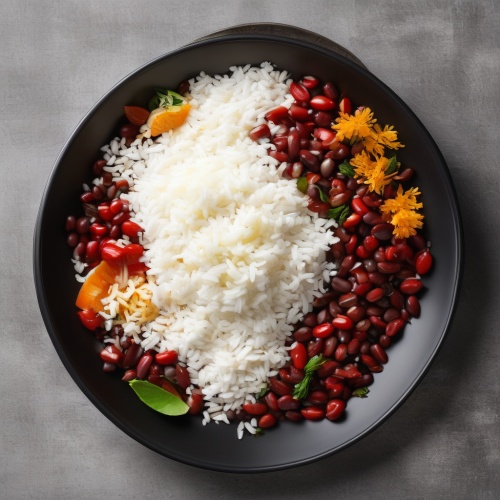 Dominican Republic's most popular dish is known as La Bandera, which consists of white rice, red beans, and chicken. The chicken is often marinated in a blend of spices and then grilled or roasted, imparting a savory, slightly smoky flavor. The beans are cooked until tender and infused with the flavors of garlic, pepper, and other seasonings, while the rice is plain but serves as an excellent backdrop for the other components on the plate. This hearty meal represents the nation's diverse culinary heritage and is enjoyed by both locals and visitors alike.
Dominican Republic's most popular dish is known as La Bandera, which consists of white rice, red beans, and chicken. The chicken is often marinated in a blend of spices and then grilled or roasted, imparting a savory, slightly smoky flavor. The beans are cooked until tender and infused with the flavors of garlic, pepper, and other seasonings, while the rice is plain but serves as an excellent backdrop for the other components on the plate. This hearty meal represents the nation's diverse culinary heritage and is enjoyed by both locals and visitors alike.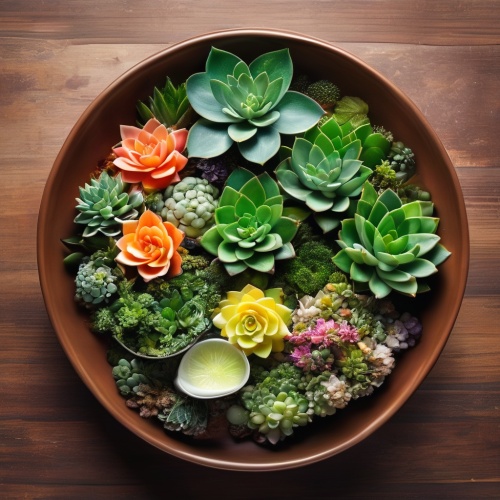 Another popular Dominican dish is Sancocho, a hearty stew typically made with chunks of beef, tubers such as yams and potatoes, and various root vegetables like cassava and plantains. This filling dish is often prepared with a blend of spices, including garlic, oregano, and cumin, giving it a bold, robust taste. Sancocho is commonly eaten during special occasions and gatherings, embodying the warmth and hospitality of Dominican culture.
Another popular Dominican dish is Sancocho, a hearty stew typically made with chunks of beef, tubers such as yams and potatoes, and various root vegetables like cassava and plantains. This filling dish is often prepared with a blend of spices, including garlic, oregano, and cumin, giving it a bold, robust taste. Sancocho is commonly eaten during special occasions and gatherings, embodying the warmth and hospitality of Dominican culture.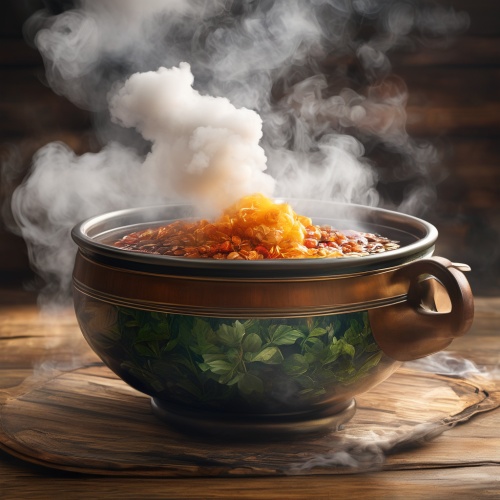 The third popular dish hailing from the Dominican Republic is Mangú, a popular breakfast meal consisting of mashed green plantains, seasoned with salt, pepper, and other spices. This side dish resembles mashed potatoes in texture and is often served alongside fish, eggs, or other proteins. Mangú can be found in numerous eateries and homes across the country, reflecting its widespread appeal and cultural significance.
The third popular dish hailing from the Dominican Republic is Mangú, a popular breakfast meal consisting of mashed green plantains, seasoned with salt, pepper, and other spices. This side dish resembles mashed potatoes in texture and is often served alongside fish, eggs, or other proteins. Mangú can be found in numerous eateries and homes across the country, reflecting its widespread appeal and cultural significance.
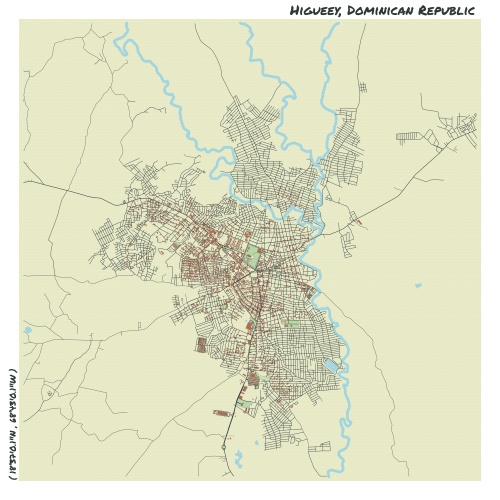
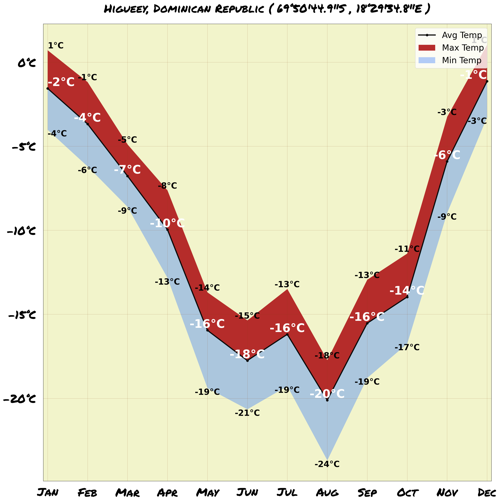
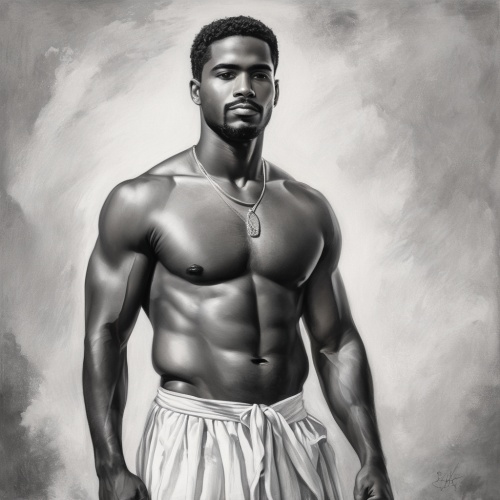

Comments
NO COMMENTS